Street photography is a fascinating genre of photography that mostly involves capturing candid moments of everyday life in public places. Street photography offers endless opportunities to document authentic human life.
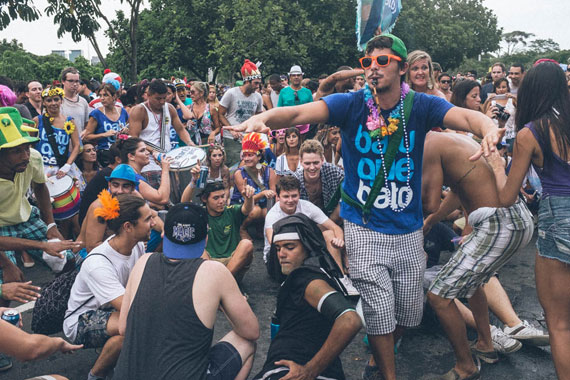
For those who are new to street photography, it can be difficult to know what to photograph and how to make it look like street photography rather than just snapshots. And for any street photographer who’s been at it for a while, it’s also easy to fall into a creative rut and feel uninspired in your street photography endeavors.
I’ve been shooting street photography for over a decade now, and I know from experience that having a wide range of street photography ideas from which to draw inspiration can really help in your creative process. I hope these street photography ideas will inspire you to explore the world around you and capture it with fresh eyes.
Street Photography Composition Ideas
Composition is a crucial aspect of street photography. It’s arguably the most important component of street photographs and can make or break an image. Here are some composition ideas to help you take better street photographs.
Framing
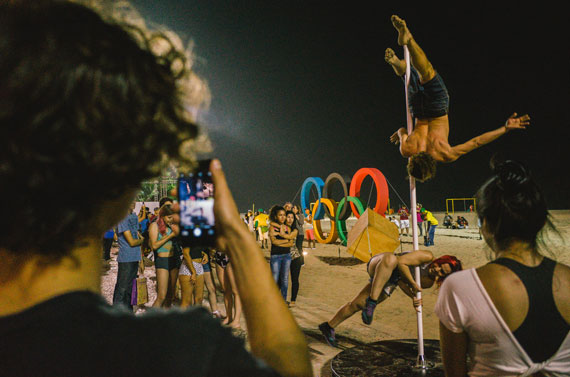
In this image, I positioned the two people in the foreground to create a frame for the performers.
Using some sort of framing device is a great way to add depth and interest to your street photographs. It involves using something in the environment to frame your subject. This can be anything from a window to a doorway to a tree branch, or even people. The idea is to position these elements in the photo to create a natural frame around your subject(s), drawing the viewer’s eye to it.
For example, you could use an alley as a frame to capture a person walking down the street. The frame will create some sort of border around a person or people, drawing the viewer’s eye to them.
Leading Lines
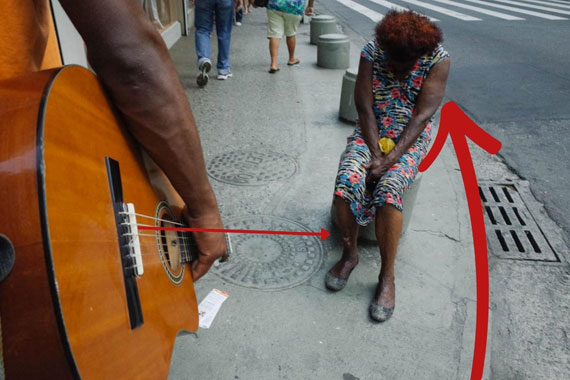
Leading lines are a powerful composition technique that can help guide the viewer’s eye through your image. They are lines in the environment that lead toward your subject. These lines can be anything within the frame, whether that be streets, sidewalks, tree lines, buildings, and more.
Patterns
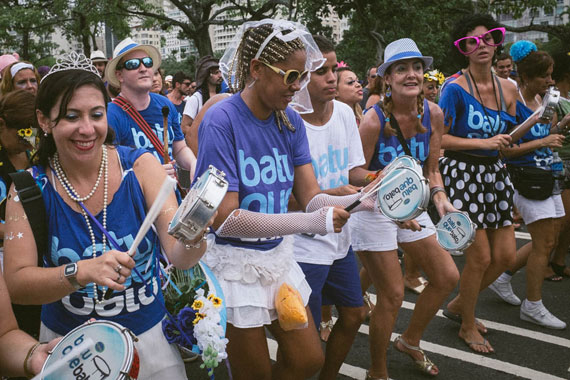
Patterns are a great way to add interest and texture to your street photographs. They can be found in urban environments in many ways, such as in the architecture of buildings, or in the people.
One of the most interesting ways to use patterns in street photography is to show a pattern that goes on and then is broken up by something.
Street Photography Subject Ideas
When it comes to street photography, the possibilities for subjects are endless. Here are some ideas to get you started:
People
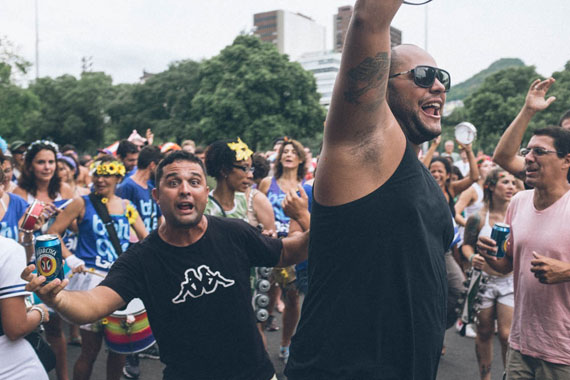
People are commonly featured in street photography, and some would say required for an image to be street photography (although I don’t totally agree with that). From candid shots of people going about their daily lives to posed portraits, there are many ways to capture the human experience on the streets.
Here are some ideas for photographing people in street photography:
- Try photographing people in motion, such as walking, running, or biking.
- If you see someone not in motion, i.e. standing/sitting in one place on the street, it can be a good opportunity to place them in one part of the frame and wait for other people to walk into other parts of it.
- Look for interesting facial expressions or body language.
Cityscapes/Urban Landscapes
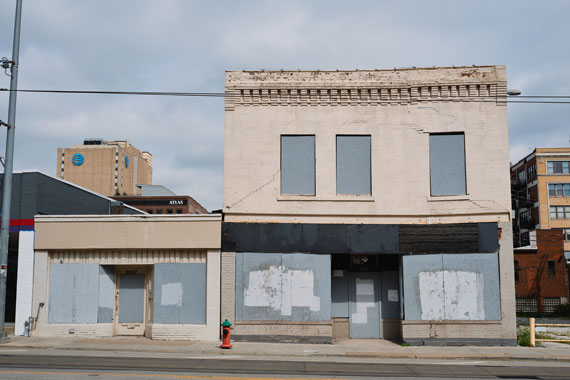
Urban landscapes/cityscapes – whatever you want to call them, are certainly related to street photography, if not outright street photography. It’s on the street, right? They’re basically photos of anything manmade or found in an urban area.
Urban landscapes don’t always have people in them, but I think you can present them together in a street photography project or photo book.
Cityscapes are an interesting way to show the character of a place. A cool thing about cityscapes is that you can make them out of totally mundane places and things that people normally walk past without a second thought and make something artistic out of them.
I think urban landscapes are a good option for if you live in a small to mid-size city that doesn’t have a ton of opportunities for photographing people. I currently live in my hometown of Kansas City, and like many cities in the United States, things are pretty spread out, and it’s very car-dependent, so unfortunately, that makes for a lot fewer opportunities to photograph people walking on the street.
If you’re interested in this kind of photography, be sure to check out William Eggleston’s work if you haven’t yet.
Street Photography Lighting Ideas
You can do street photography in any kind of light and produce great photos. Once you’ve had the opportunity to photograph in various lighting conditions, you may find that you prefer certain lighting. If you want to achieve that type of lighting in your street photography consistently, that may mean going out to photograph at a certain time of day or weather conditions.
Golden Hour
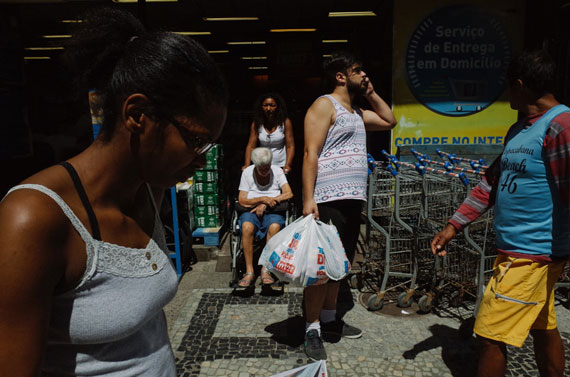
The golden hour is the time of day just after sunrise or just before sunset when the light is soft, warm, and diffused. This is a great time for street photography because the light is flattering and creates a beautiful glow on everything it touches. During this time, shadows are long and dramatic, which can add depth and dimension to your images.
I’m a big fan of finding pockets of light on the street during golden hour and photographing those scenes with the sun at around a 90 degree angle from me. This creates dramatic shadows and warm light.
I have no problem shooting in full shadow, but I think it makes for less dynamic photos. I know portrait photographers get good results out of shaded areas with soft light, but I’m usually looking for something a bit more harsher and grittier.
You can also experiment with shooting directly into the sun to create silhouettes or lens flares.
Nighttime
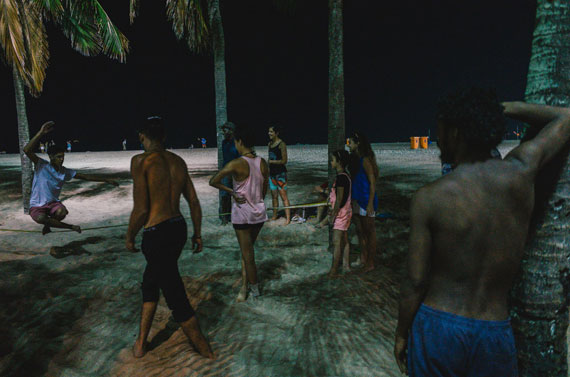
Nighttime street photography can be challenging, but it can also be incredibly rewarding. Street lights, neon signs, and other sources of artificial light can create interesting and dynamic images.
You can also experiment with long exposures to capture light trails from passing cars or create a sense of motion in your images. Look for areas with interesting patterns of light and shadow, and try to capture the mood and atmosphere of the scene. Just be sure to be aware of the safety of the area you’re photographing in.
Take a Candid Approach
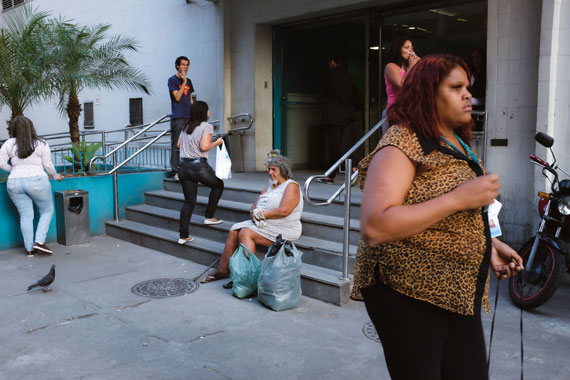
This may sound obvious to you, but to me, street photography is mostly candid photography of people in urban areas. I do like to shoot urban landscapes that don’t include people when I see something interesting or if that’s my only option. However, if you avoid photographing people candidly in your street photography out of fear, that’s something I would work through.
In my opinion, candid street photography is the most unique form of photography in general, because you can’t recreate it. With street photography, you’re photographing fleeting moments that won’t happen again. If you compare that to photos of inanimate objects or unmoving scenes, you can’t say the same for them. For example, you could pretty closely recreate a photo of a landscape or flower that some other photographer has already done.
Taking candid street photos can be nerve-wracking, but you get used to it and learn ways of dealing with sticky situations should they arise.
Get Close
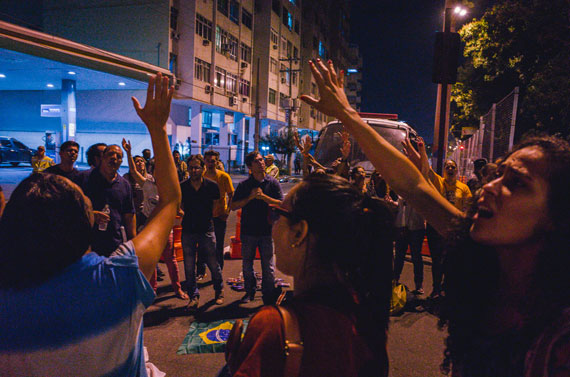
For me, the most interesting street photographs are shot with a relatively wide-angle lens from up close and really fill the frame. It results in a perspective that makes the viewer feel like they’re right there on the street.
If you’re uncomfortable getting up close, try shooting with the LCD screen on the back of your camera. It gives you more range of motion than shooting with a viewfinder, and you can hold your camera out in front of you so you don’t have to get as close to people physically. I tried this when I started using Ricoh GR cameras because they don’t have viewfinders and found that I really like it, partly because people take way less notice of you compared to when you bring a camera up to your eye.
Also, when shooting with a wide-angle lens, try placing subjects closest to you in the corner of your frame. This makes it so they’re less likely to know that you photographed them because your camera was facing forward.
Try Far Away Perspectives
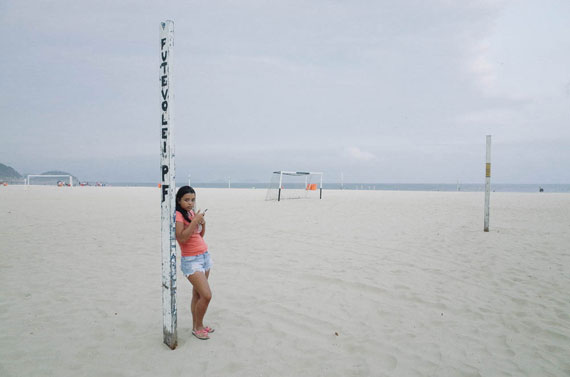
I mostly take street photos that are pretty close up. However, it can be really cool to step back and consider the larger picture sometimes, especially for things like gatherings and events.
I think perspectives like this help round out street photography projects. They break up the pattern of your more typical street photos or you may find that you gravitate towards this style frequently.
Experiment With Varying Shutter Speeds
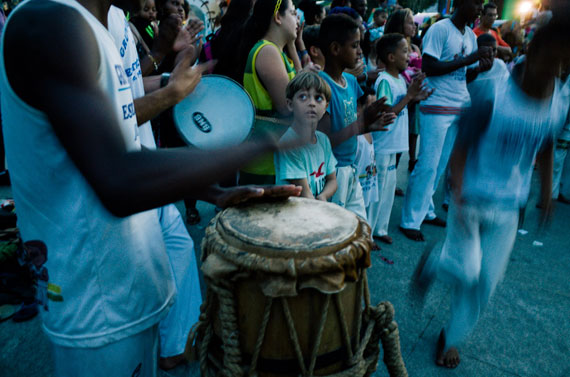
I mostly like to freeze the action in my street photos, so I use as high of a shutter speed that the light will allow, but you can do cool things by dragging your shutter. When I want to freeze movement, I try to use a shutter speed of 1/250s or faster. When I want to incorporate motion blur in an image, I go down to 1/30s or slower.
Photograph With a Small Aperture
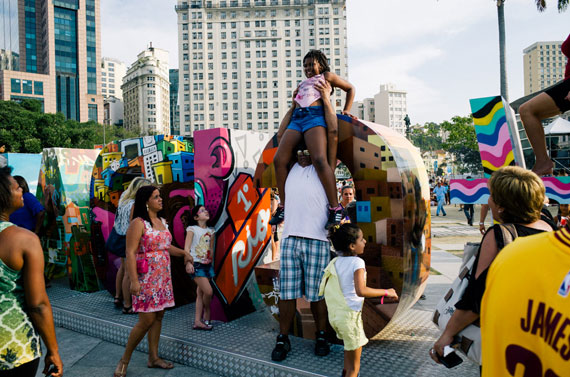
One thing that sets street photography apart from other photographic genres is the use of deep depth of field. Many of the top street photographers shoot with small apertures so that the majority of their compositions are in focus. This goes contrary to what you normally see for things like portraits or sports, where you want that separation from busy backgrounds.
In street photography though, it’s all about the scene and telling the entire story of the scene in my opinion. Photographing with deep depth of field is a huge challenge though; it’s more difficult than photographing with shallow depth of field because the frame is more likely to have distracting elements. This means you’re forced to think more about what you want to include and exclude from your photos. However, challenges like this are what make street photography so fun.
See If You Like Black & White
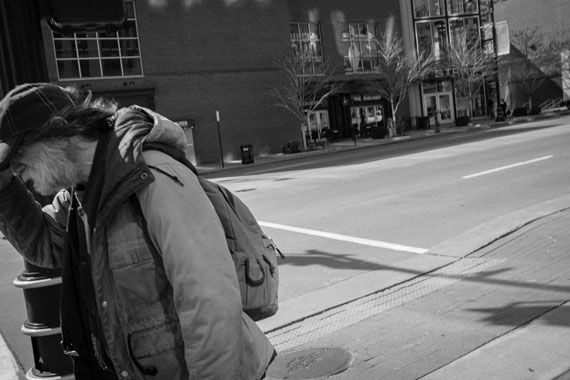
When the concept of street photography got its start, street photographers all shot black and white, because that’s all that was available. Decades later, street photographers began to slowly shoot in color film, little by little. Early color street photographers did this at risk of their reputation, as many in the photography community viewed color photography as unprofessional and lacking artistic merit. Of course, the rest is history, and some of the best street photographers of all time have impressive collections of color street photos.
While color photography is now easily accessible these days, black and white street photography has a rich history. There are so many iconic black and white street photographs that it just looks and feels natural, and it makes sense that today’s photographers take inspiration from b&w street photographers of the past. There’s also the black and white aesthetic, which lends a gritty look and feeling to any street scene.
I did some black and white street photography when I started out, but ultimately switched over to color, just because that’s more in line with my style. However, I love looking at black and white street photography, particularly the work of Daidō Moriyama, a Japanese street photographer.
Photograph Small Details
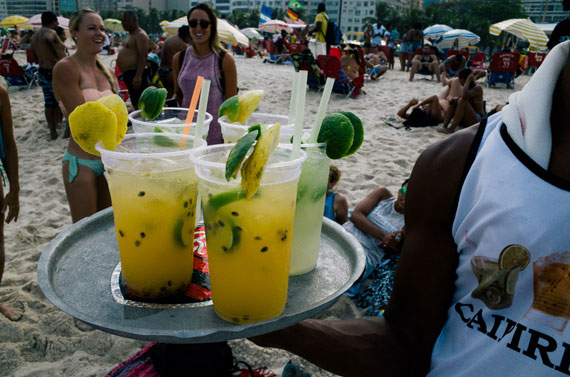
Some street photography situations arise when it makes sense to get close to a small detail on the street. This could be anything; whether it’s a sign, something on the ground, someone’s hand, someone’s jewelry or hat, or even shoes.
I think the key to making this work is to photograph small details when it’s more interesting to see them up close.
Photograph Projects
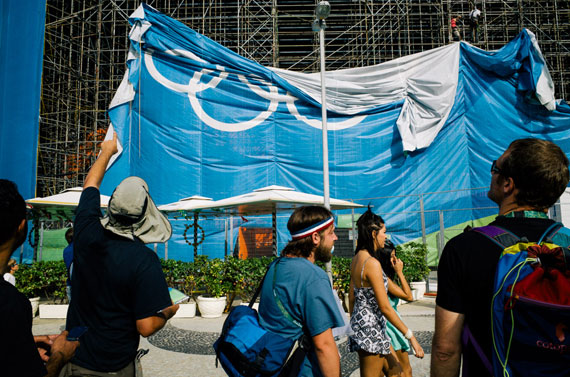
Photographing with a project in mind is a great way to build an interesting collection of photos. I think it’s a good way to stay motivated also, as you’ll go out with the intention of creating new photos you can add to your project.
Themes for photography projects are only limited by your imagination.
Here are some examples of themes for street photography projects:
- Dogs on the street
- Street cats
- Photos on public transportation
- Humorous moments
- Projects of a city, country, place, or event
For me, I’m drawn most to projects of a particular place. I live in Kansas City but also lived in Rio de Janeiro, Brazil for a few years and go back somewhat frequently, so I have ongoing projects of these two places. I also photographed a street photography project during the Olympics in Brazil, which you can see in the above image.
Camp Out in One Place
I think the tendency to just walk a lot and spray and pray is pretty common, especially among newer street photographers. I know I was that way when I started out — partly because I was excited to get out and take photos to start creating a body of work, but also because I didn’t realize it wasn’t going to produce the kind of photos I wanted.
When I stop and slow down and stay in one place for a bit, I’m more likely to achieve the style I’m going for because I can actually compose my photos properly. It’s a lot harder for me to compose my photos when I’m literally walking and taking photos. Plus, when I’m walking and taking photos at the same time, there’s more chance to get motion blur.
Look for “Anchor Subjects”
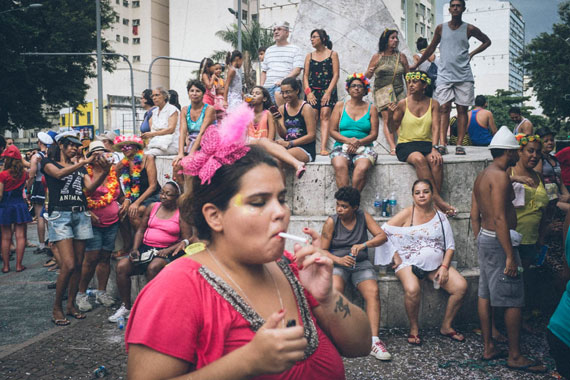
When I say “anchor subjects”, I mean subjects on the street that usually aren’t moving. So that could be someone standing by a traffic light waiting to cross the street, or someone standing in front of a building, or someone waiting at a bus stop.
Once I find a stationary subject, I put them where I want in the frame. That may be a front corner, back of the frame — anywhere it makes sense in the situation. Once I have the subject (or multiple subjects) where I want them, I wait for other subjects to enter the frame. Often this creates differing motion among the subjects; a stationary subject may be facing toward the camera while another subject may be walking in a lateral direction. I think the sense of movement this creates in an image is really cool.
Photograph the Outskirts of Events
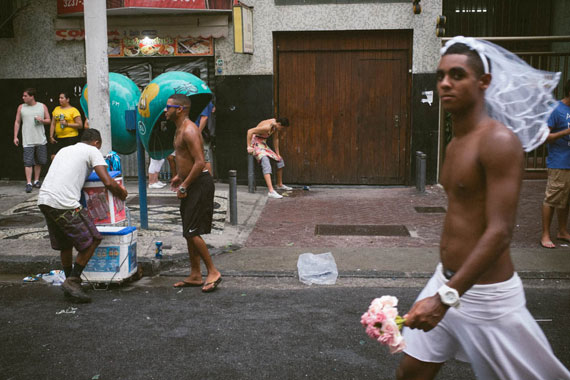
Have you ever photographed an event in a street photography style? If you’re like me, you may have noticed your photos turned out looking more like photojournalism or commercial event photography than street photography. There’s nothing wrong with that if that’s the look you’re going for, but that’s not what I’m going for in my street photography.
Another challenge that also arises with taking photos at events is that with large amounts of people, it can be hard to make clean compositions when your background is a sea of people.
For me, the solution to these issues is to photograph the people on the edges of the event. It’s in these places where you can get create photos where subjects aren’t overlapping too much and you’re better able to find backgrounds that aren’t distracting from the composition.
Take Multiple Exposures of the Same Scene
I’ve been guilty of this, but I think it’s a bad habit to take just one photo of a scene and leave — at least if there’s still something interesting going on it. Taking multiple shots lets you dial in and/or experiment with your framing of the scene.
A perfect representation of this is Magnum’s Contact Sheets book. It has the contact sheets of all of these amazing street photographers, so you get great insight as to what the photographer’s process was. Based on their contact sheets, you can tell when a photographer worked the scene of a place from multiple angles or took multiple frames to get the spacing of subjects just right.
Street Portraits
Street portraits can be an interesting form of photography. Like urban landscapes, I think throwing in a street portrait here and there can be an effective way to tell a story in a book/project.
I have a lot of respect for anyone who has the cajones to go up to people on the street and ask to take their portrait. I’ve done it on occasion, but it hasn’t been a big part of my photography. I’m not that drawn to it, but I think it’s worth exploring to see if street portraits resonate with you.
Reflections
Reflections can add a unique and creative element to your street photography. Look for puddles, windows, and other reflective surfaces to capture interesting reflections of people and their surroundings.
Glass can be found everywhere on city streets, which makes for a reliable way to create interesting distortions and reflections.
When shooting reflections, pay attention to whether you want yourself in the reflection or not and find the right angle accordingly.
Final Thoughts
Street photography is a challenging but rewarding genre of photography that requires patience, observation, and resilience. I hope these street photography ideas give you some inspiration on what to look for when you’re out on the street, but that’s just half the battle. If you’ve done street photography for any amount of time, you probably know how difficult it is. Even for the best of street photographers, it’s still a numbers game.
Having some street photography ideas in mind can be helpful, but ultimately, putting them into practice is the important thing. It’s also important to enjoy the process, because great images take time and consistent effort. Happy photographing!
- - - - - - - - - - - - - - - - - - - - - - - - - - - - - - - - - - - - - - - - - - - - - - - - - - - - - - - - - - - - - - - - - - - - - - - - - -
Did you appreciate this newsletter? Please help us keep it going by Joining Our Patreon Supporters
What are your thoughts on this article? Join the discussion on our Facebook Page
PictureCorrect subscribers can also learn more today with our #1 bestseller: The Photography Tutorial eBook
- - - - - - - - - - - - - - - - - - - - - - - - - - - - - - - - - - - - - - - - - - - - - - - - - - - - - - - - - - - - - - - - - - - - - - - - - -
The post Street Photography Ideas appeared first on PictureCorrect.
from PictureCorrect https://ift.tt/PFRxmj9
via IFTTT






0 kommenttia:
Lähetä kommentti